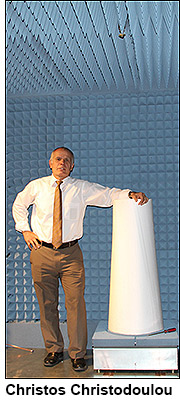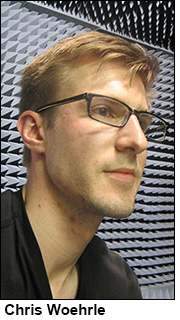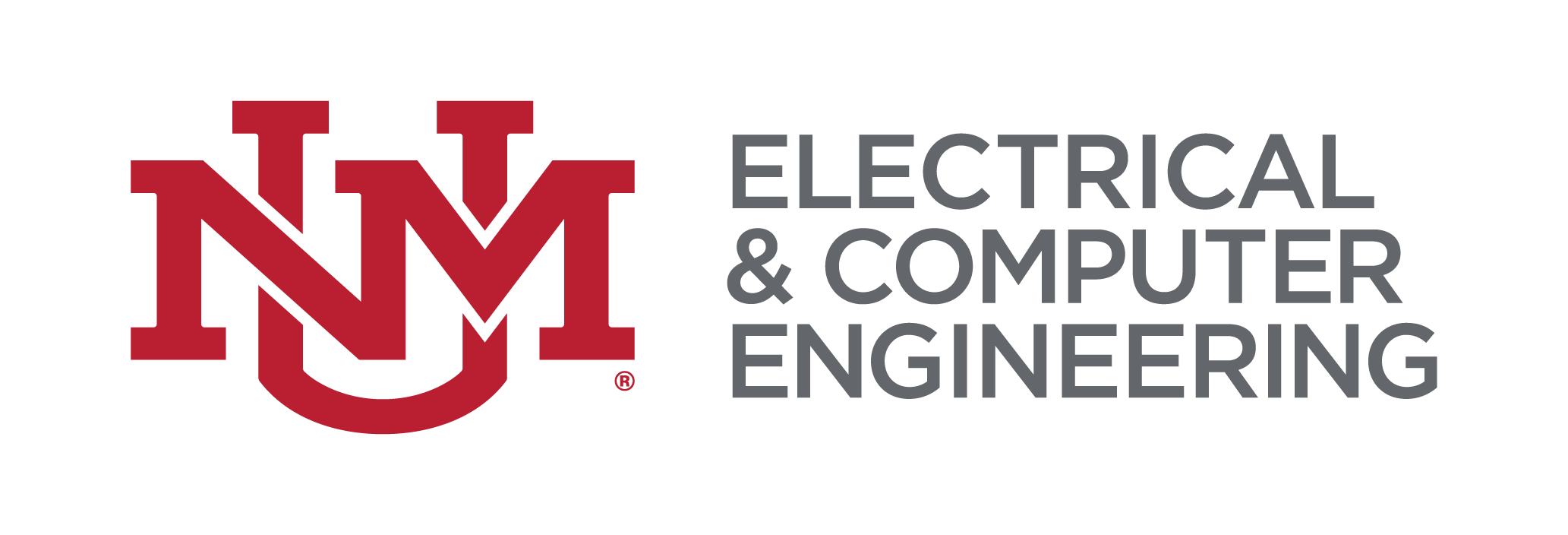Recent News
December 5 Seminar: Sal Portillo
December 3, 2025
November 21 Seminar: Jim Aarestad
November 19, 2025
November 14 seminar: Manel Martínez-Ramón
November 12, 2025
November 7 seminar: Bradley Ratliff
November 5, 2025
News Archives
Antenna Chamber Built to Industry Specs at ECE
March 3, 2015 - Chuck Reuben
 How do you fit a 1,373 cubic foot Anechoic Chamber in the cramped confines of a basement laboratory at ECE?
How do you fit a 1,373 cubic foot Anechoic Chamber in the cramped confines of a basement laboratory at ECE?
That was one of the questions ECE Professor Christos Christodoulou grappled with when he decided to construct a room that could be used to test antennas.
Christodoulou and his team (Research Professors Youssef Tawk and Joseph Costantine; Graduate Students Firas Ayoub, Chris Woehrle and Arjun Gupta and undergraduate Clayton Merritt) decided to build the chamber from the ground up, using many materials readily-available from Home Depot. They could have bought the chamber “off-the-shelf,” from a scientific supply company, but that would have been much more expensive and would not necessarily have been better.
“We designed it to fit our available space,”said Christodoulou. “Doing it ourselves also helped my students learn how to design and build these chambers.”
The students learned a lot. Chris Woehrle, who is working on his PhD dissertation under Christodoulou spoke enthusiastically about the chamber.
“This chamber allows us to accurately measure the radiation patterns of our antennas,” said Woehrle. “Prior to this we had a crude set-up — it was pretty bad. This current chamber is what a real Anechoic Chamber should be.”
 The problem with off-the-shelf Anechoic Chambers is that they come in prefabricated sizes. The chamber that Christodoulou and his team built was designed and built for their lab so that they could effectively use the floor space that was available to them.
The problem with off-the-shelf Anechoic Chambers is that they come in prefabricated sizes. The chamber that Christodoulou and his team built was designed and built for their lab so that they could effectively use the floor space that was available to them.
By customizing their chamber the ECE antennas team was able to create a testing environment that surpassed anything they could have bought on the market. Now that the chamber is built, all of Christodoulou’s students can be trained to use the equipment. They include PhD candidates Xuyuan Pan, Elizabeth Zamudio, Georgios Atmatzakis, Hamide Faraji and Master’s student Katherine Belvin.
“Most chambers are designed specifically for one type of application and they tend to be for radiation measurement,” continued Woehrle. “But this chamber is built so it can be reconfigured to test more than radiation patterns. The magnetic back radar absorbing material allows us to change the chamber into a mode stir chamber.
“The cool thing is: most of the time you need two chambers but by having a reconfigurable chamber makes it like a one-size-fits all scenario!”
Thanks to this newly-built chamber, the ECE antennas group can now make complete and accurate measurements to industry standards.
But it doesn’t end there. The chamber has been such a big hit that others are clamoring for time to use it as well.
“We now have organizations from outside UNM asking us to use our facility for antenna measurements,” said Woehrle.
